Healing Emotional Trauma and Awakening Spirituality with Sacred Plant Medicine
Introduction: The Search for Deeper Meaning
Acknowledging the Seeker’s Journey: The Quiet Dissatisfaction with Modern Answers
For many, the journey toward profound healing begins not with a sudden crisis, but with a quiet and persistent sense of dissatisfaction. It is a feeling that something essential is missing from the conventional narratives of wellness and recovery. While modern medicine and psychotherapy offer invaluable tools, a growing number of individuals find themselves at the edge of these systems, feeling that their deepest wounds remain untouched and their most profound questions unanswered. [1, 2] This search for something more is not a rejection of established methods, but an acknowledgment of their limitations.
Conventional mental healthcare, often operating within a biomedical framework, can sometimes prioritize symptom management over the exploration of root causes. [1] This growing disillusionment signals a systemic response to a fundamental gap in the Western wellness paradigm—the separation of psychological health from the path of healing and spirituality. [44] The appeal of sacred plant medicine lies precisely in its capacity to address the psychological and the spiritual simultaneously, offering a path to mend a schism that the modern paradigm, in its specialization, helped create.
A Shift in Focus
Sacred plant medicine offers a paradigm shift from a purely biomedical model to one that embraces the whole person—mind, body, and spirit.
Potential for Lasting Change
In clinical trials, a significant majority of participants undergoing psychedelic-assisted therapy for PTSD no longer met the diagnostic criteria after treatment, highlighting the potential for deep, sustained healing.
Beyond the “Quick Fix”: Introducing Plant Medicine as a Path of Profound Inner Work
In a culture conditioned to seek immediate solutions, it is crucial to introduce sacred plant medicine not as a “quick fix” or a psychedelic shortcut, but as a profound and demanding path of deep inner work. [8] These ancient botanical allies are not panaceas; they are powerful tools that can facilitate a journey into the deepest territories of the psyche, but they do not do the work for the individual. [9] To engage with sacred plant medicine, such as in an authentic Ayahuasca retreat in Colombia, is to consent to a rigorous process of self-exploration, one that promises not an easy cure, but the opportunity for authentic and lasting healing.
“I discovered the source of my pain, which my narrow-minded brain thought was related to my job as a lawyer. Hahaha! If that were the case then changing jobs would have been the solution, right? But wherever you go, there you are. I now find joy in living my life. I am happy. I experience human emotions in a healthy way. I actually truly connect with others.”
Understanding the Wound: How Plant Medicine Addresses Emotional Trauma
The Nature of Trauma: Scars on the Psyche and the Body
To understand how plant medicine facilitates healing, one must first understand the nature of the wound it addresses. Emotional and psychological trauma is not merely a memory of a distressing event; it is the living, present-day imprint of that event on an individual’s nervous system, mind, body, and spirit. This is the core of trauma healing spirituality: addressing the wound not just as a mental event, but as a spiritual and energetic one. [44]
Meeting Your Shadow: An Exploration of Jung’s Concept of the “Shadow Self”
“Shadow work” is the courageous and intentional process of turning toward these hidden parts of ourselves. It is the work of making the unconscious conscious, of excavating the contents of the shadow, and of integrating them into a more complete and whole sense of self. [21, 23] Sacred plant medicine can act as a powerful catalyst, dramatically accelerating this journey into the depths.
The Neurobiology of Healing: How Plant Medicine Re-Opens Windows for Processing Trauma
The profound psychological shifts facilitated by plant medicine are rooted in tangible, observable changes in the brain. Modern neuroscience is beginning to illuminate the mechanisms by which substances like MDMA and psilocybin create a unique neurochemical state that is exceptionally conducive to healing trauma.
How Plant Medicine Heals the Brain
Sacred plant medicine creates a unique neurochemical state that facilitates trauma processing. It quiets the brain’s fear center, enhances emotional regulation, and disrupts rigid thought patterns, allowing for profound rewiring and healing.
Regulation ↑
Fear Response ↓
Rigid Patterns Disrupted
1. Dampens Fear Response
Activity in the amygdala, the brain’s alarm system, is reduced. This allows individuals to revisit traumatic memories without being overwhelmed by fear.
2. Boosts Regulation & Insight
The prefrontal cortex, responsible for higher-order thinking, becomes more active, fostering a state of calm, curious observation.
3. Increases Brain Plasticity
Activity in the Default Mode Network (DMN) decreases, breaking down rigid, looping thought patterns and opening the brain to new connections and perspectives.
The Catharsis of Ceremony: Emotional Purging and the Release of Buried Pain
A common and significant feature of ceremonies, particularly with medicines like Ayahuasca, is the phenomenon of “the purge”. [17, 26] This visceral experience is a cornerstone of emotional healing spirituality within this context, representing a deep and visceral cleansing, the body’s way of expelling the toxic energetic residue of trauma, grief, and fear. [44]
The Spiritual Awakening: More Than Just a Trip
Defining the Ineffable: What “Awakened Spirituality” Truly Means
The journey with sacred plant medicine often transcends psychological healing and ventures into the realm of spiritual awakening. This describes a direct, felt, and embodied experience of reality that is fundamentally more expansive, interconnected, and meaningful than ordinary waking consciousness. [6, 11]
“My life will never be the same! Everything about this experience has me feeling the lightness and curiosity of a small child once again… I feel taller, more confident in myself, and a connection that exists between all this is, was, and will be with a love for myself and creator at a level I didn’t know was possible.”
The Vine of the Soul: Ayahuasca and the Direct Experience of the Divine
Participants in Ayahuasca ceremonies frequently report experiences that feel like direct, interactive communication with a sentient, intelligent, and benevolent consciousness. [6, 32] This is where the concepts of *faith and healing* become deeply intertwined. The healing flows from a renewed connection to the sacred, a direct experience of the divine that can restore faith in oneself, in life, and in a benevolent universal order, demonstrating a powerful path of healing through spirituality. [44]
The Crucial Role of Indigenous Wisdom and Sacred Tradition
The Shaman as Conductor: The Role of the Onanya, Curandero, and Facilitator
At the heart of the sacred container is the shaman, or guide. Their role in the ceremony is that of a spiritual conductor. They are not passive observers but active participants who work tirelessly on an energetic level throughout the night. The presence of a skilled, ethical, and compassionate guide is what transforms the consumption of a plant into a *spirit-guided ceremony*, making the journey not only profoundly healing but also safe.
“If you want deep healing and true knowledge, go to Camino al Sol (CAS). If you want a psychedelic experience with spa treatments, go somewhere else… CAS is made up of real shamans and real healers who devote their lives to helping others. Profit and power are not their motivations. Helping the medicine spread healing is their sole purpose. It is what they were born to do.”
| Feature | Clinical Psychedelic-Assisted Psychotherapy (PAP) | Traditional Indigenous Ceremony |
|---|---|---|
| Core Worldview | Psychological/Neurobiological: Aims to heal mental health conditions by facilitating psychotherapeutic processes. | Spiritual/Energetic (a form of integrative medicine): Aims to restore balance and harmony by addressing spiritual and energetic imbalances. |
| The Guide | Licensed Therapist/Clinician. Role is primarily non-directive support. | Shaman/Curandero/Onanya. Role is an active spiritual conductor. |
| The “Medicine” | Purified, synthesized compound (e.g., MDMA, psilocybin). | Whole plant brew (e.g., Ayahuasca) or natural form (e.g., mushrooms). |
| Goal of Healing | Symptom reduction (e.g., for PTSD, depression), processing trauma. | Soul alignment, energetic cleansing, spiritual awakening, learning from the plants. |
Approach Characteristics
This chart visually compares the core attributes of each approach, from their fundamental worldview to their ultimate healing goals.
Key Distinctions
Source of Healing
Clinical: Focuses on activating the patient’s “inner healing intelligence” within a therapeutic framework.
Traditional: Relies on the wisdom and power of the plant spirits, as channeled by the shaman.
The Guide’s Role
Clinical: A licensed therapist provides non-directive support and facilitates integration.
Traditional: The shaman is an active spiritual conductor, using songs and ritual to guide and protect.
The Goal
Clinical: Primarily symptom reduction for diagnosed conditions like PTSD and depression.
Traditional: Aims for soul alignment, energetic cleansing, and spiritual awakening.
The Path Forward: How to Use Sacred Plants for Healing
Embarking on a journey with sacred plant medicine is a significant undertaking that extends far beyond the ceremony itself. The process can be understood as a coherent arc—a true healing process spirituality—with three distinct yet interconnected phases: Preparation, the Ceremony, and Integration. [44]
The Sacred Journey: A Three-Part Path
The transformative potential of plant medicine is unlocked not just in the ceremony, but through a dedicated process that unfolds in three crucial phases. Each step is vital for ensuring a safe, deep, and lasting healing experience.
1. Preparation
Cultivating fertile ground through intention setting, dietary cleansing (*dieta*), and spiritual practices like meditation.
2. The Ceremony
A guided journey into the inner world, held within a safe, sacred container to confront and release buried trauma.
3. Integration
The true work begins. Weaving insights from the ceremony into daily life through reflection, community, and action.
Part III: Integration – The True Beginning of the Work
The insights and revelations of a plant medicine ceremony can be life-altering, but their true power is only unlocked through the dedicated process of integration. It is the conscious and deliberate process of making sense of the visionary and emotional content of the experience, embodying the lessons learned, and weaving them into the fabric of one’s being and behavior. [27, 42]
The Integration Toolkit
The ceremony opens the door; integration is the process of walking through it. Lasting change depends on the commitment to embodying the lessons learned. Certain practices are consistently reported as most helpful during this crucial phase.
For deeper or more challenging integration processes, working with a therapist, coach, or guide who is experienced in this specific area can be essential. Support can be found through dedicated integration support services that provide a safe container for continued emotional processing. [41, 42]
“The curanderos that administer the medicine do so in a very thoughtful and traditional manner, and are truly dedicated to helping each and every attendee achieve the best results while they are at the retreat and with follow up afterwards as well… I have been attending ceremonies for many years now with CAS and I will definitely be back, as I consider this group to be some of my closest friends.”
Conclusion: A Journey, Not a Destination
Recapitulation: The Symbiosis of Trauma Healing and Spiritual Emergence
The path of sacred plant medicine, when walked with reverence, intention, and care, reveals a profound truth about the nature of healing. It demonstrates that the journey into our deepest psychological wounds and the journey into our highest spiritual potential are not two separate paths, but a single, integrated process of healing and spirituality. [44] The healing of the individual soul becomes inseparable from its reconnection to the greater soul of the world.
A Message of Encouragement and Respect for the Seeker
For those who feel the call to this path, for those who carry a quiet knowing that a deeper healing is possible, this journey offers a profound opportunity. To embark on an authentic Ayahuasca retreat in Colombia requires courage—the courage to face one’s own shadow, to surrender to a process beyond the mind’s control, and to commit to the difficult work of changing one’s life. It is a sacred and deeply personal journey. May all who feel called to walk it do so with the utmost respect for the traditions, the humility to be a student of the plants, and the self-compassion to embrace every step of their own unique and beautiful path of the soul.


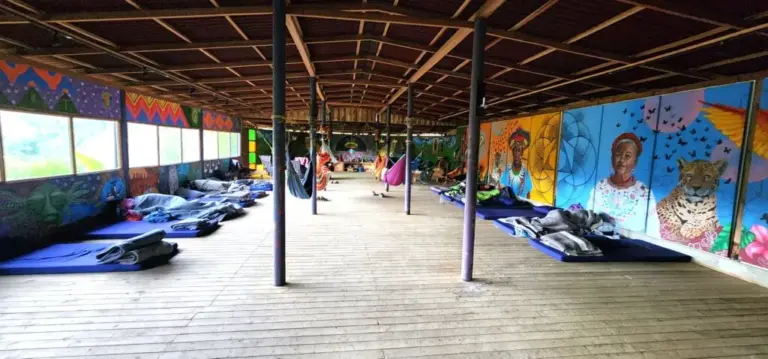
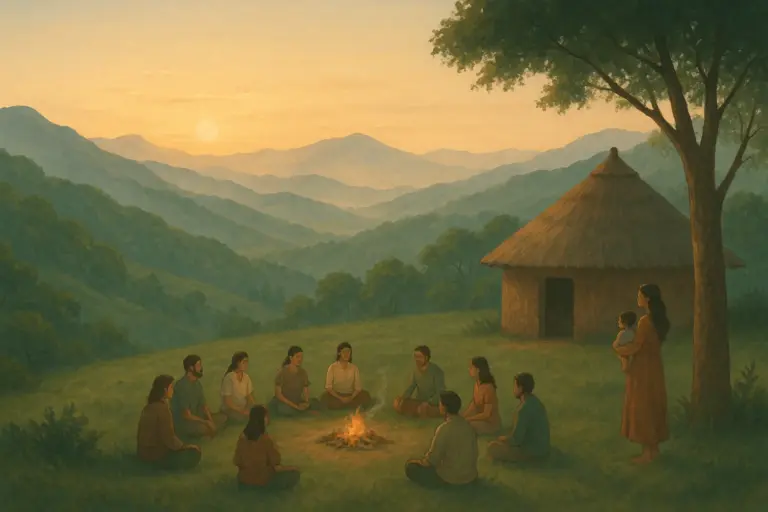

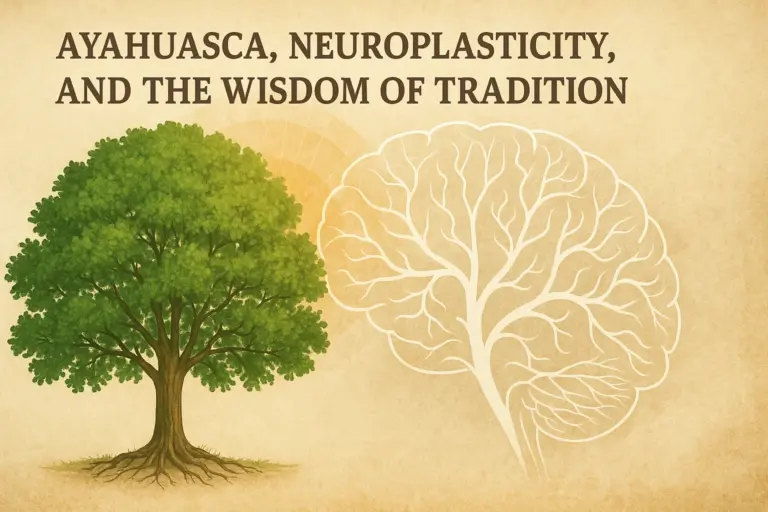
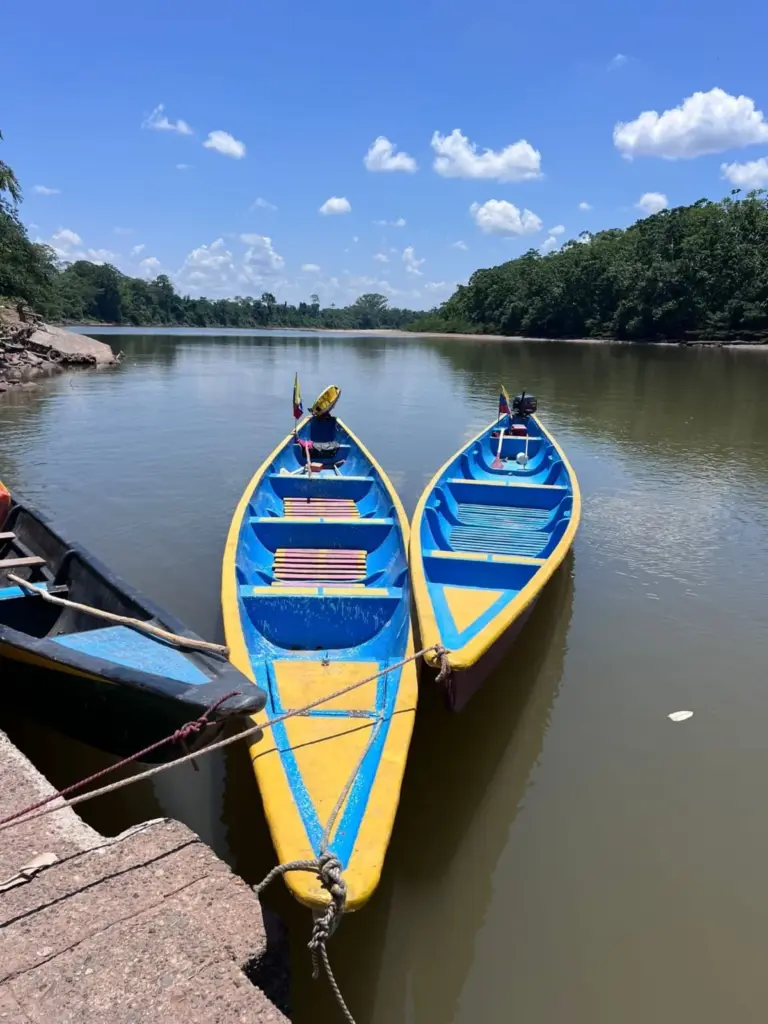
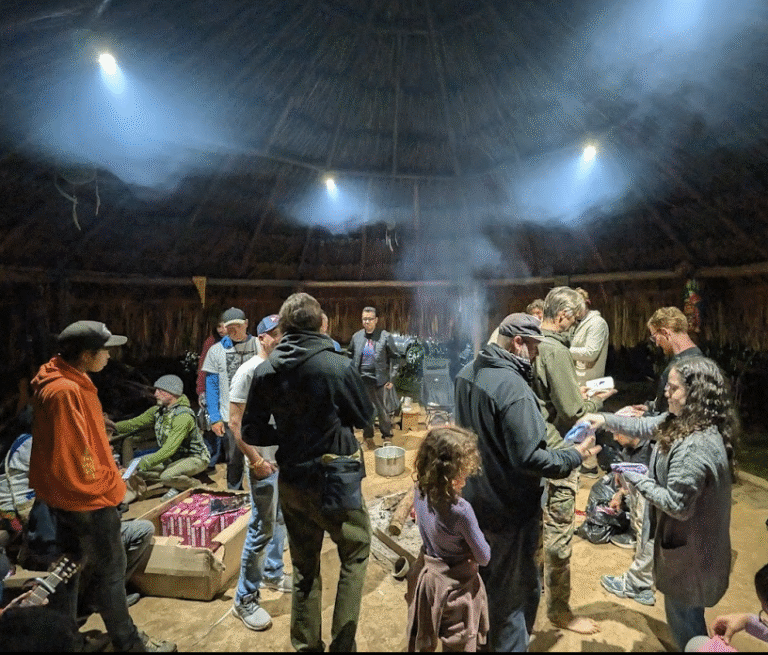
This really resonated with me—the idea that healing isn’t just about managing symptoms but about reconnecting with deeper parts of ourselves that conventional systems often overlook. It’s powerful to see plant medicine framed not as a rejection of modern care, but as a complementary path for those seeking more holistic transformation.